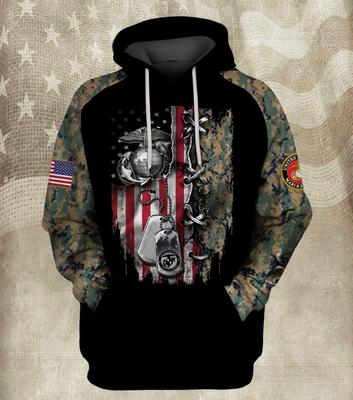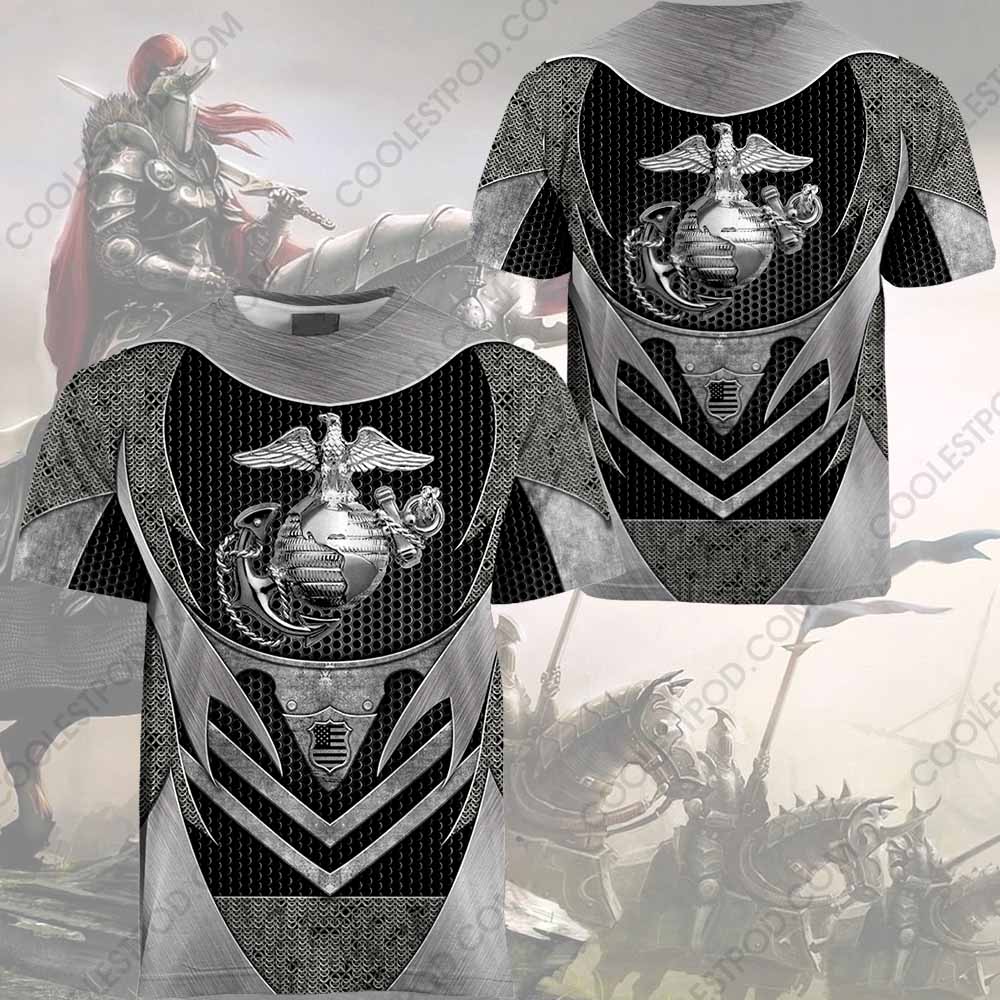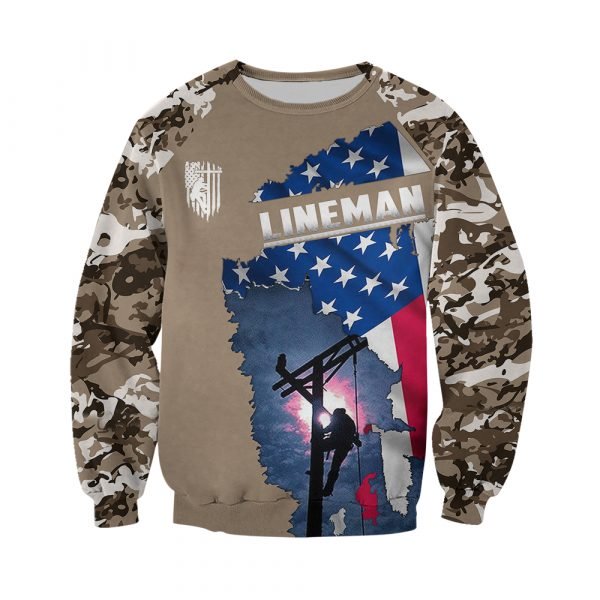(i.e., the needlestick or sharps injury). The changes in the definition us correction officer skull american flag camo full over printed shirt of the injuries and illnesses that are recordable have several different types of benefits.
us correction officer skull american flag camo full over printed shirt
by the affected firms and the products or services of the affected firms account only for a small portion of the income of their consumers. If demand is perfectly elastic us correction officer skull american flag camo full over printed shirt (i.e., the price elasticity is infinitely large), then no increase in price is possible, and before-tax profits would be reduced by an amount equal to the costs of compliance . Under this scenario, if the costs of compliance represent a large percentage of the firm’s profits, some firms might be forced to close. This scenario is highly unlikely to occur, however, because it can only arise when there are other goods or services that are, in the eyes of consumers, perfect substitutes for the goods produced by the affected firms.
The cost estimates compared with estimated sales and profit data for firms in each affected industry “screen” for potential impacts. If sizeable impacts were identified by this screening analysis, additional analysis would be necessary. The final 1904 rule is a regulation promulgated under sections 8 and 24 of the OSH Act, and is not a standard, which would be promulgated under Section 6 of the Act. Nevertheless, OSHA has performed an analysis of the economic feasibility of the rule. Needlesticks and Sharps Injuries and Hearing Loss Cases. By far the most extensive change in recording is the requirement to report allneedlesticks and sharps injuries involving exposure to blood or other potentially infectious materials in the covered industries. The benefits of this change are also quite extensive, however, and the costs are less than they might at first seem. In effect, OSHA is changing the emphasis on these injuries from the effects (the injury’s medical treatment) to the actual injury caused by the incident


































Reviews
There are no reviews yet.